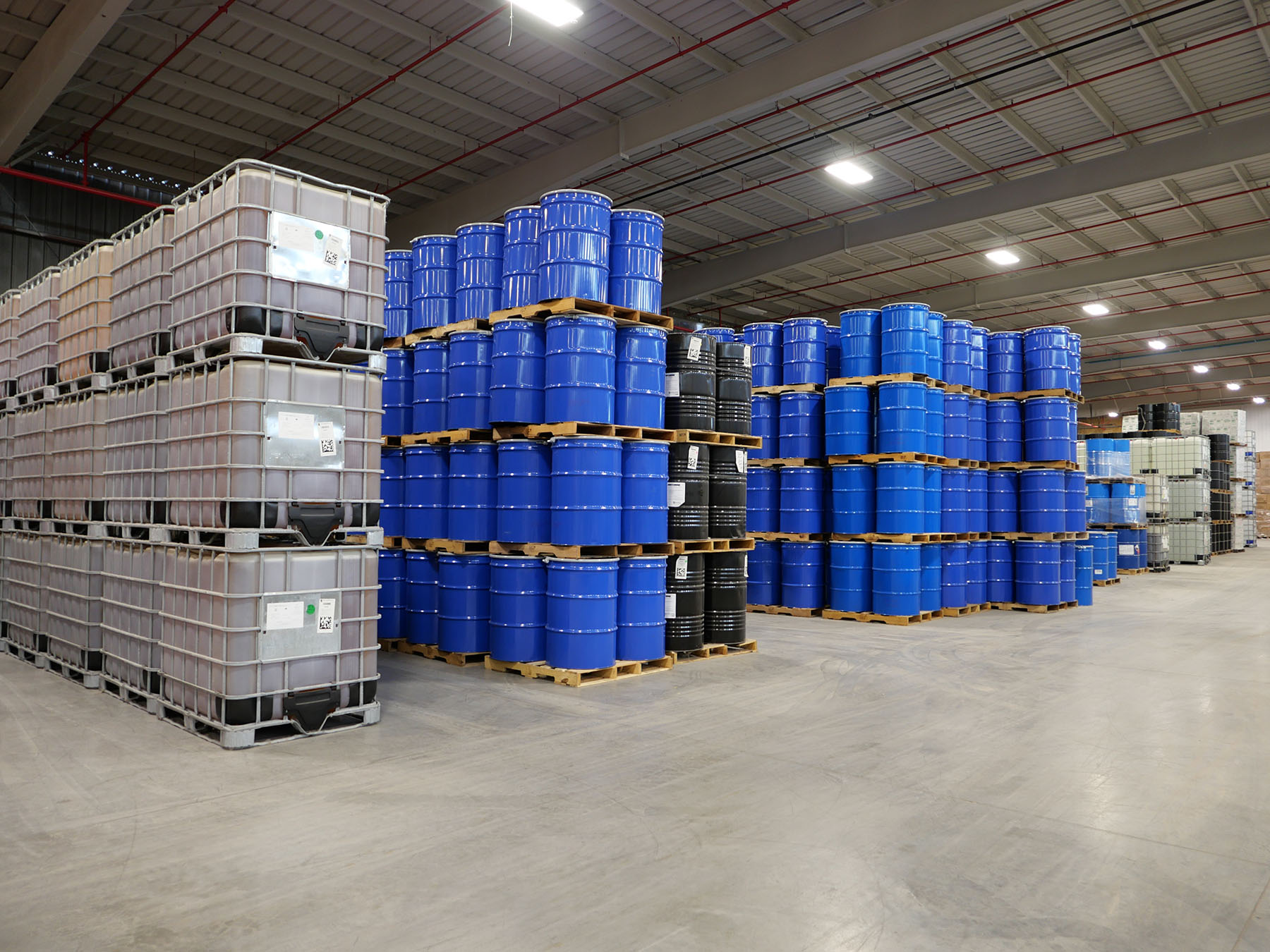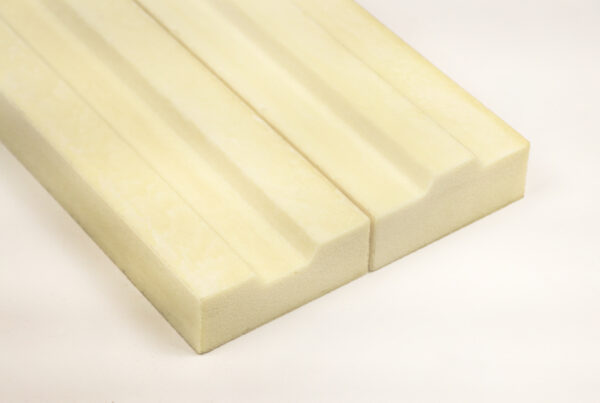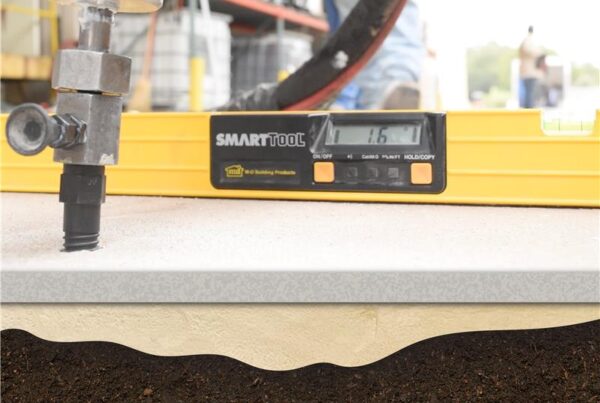With the transition from summer to colder seasons, it’s crucial for industries relying on polyurethane foam to adapt their processes for optimal performance. Process control is important in any weather, but for polyurethane foam users, fall and winter are particularly important times to pay attention to chemical temperatures.
The temperature sensitivity of chemical components used in foam production can greatly influence the quality of the final product. Foaming with chemicals that are too cold can adversely affect final foam performance, sometimes significantly. As temperatures drop, especially in regions where freezing or sub-zero conditions are common, special attention must be paid to the storage and handling of polyurethane chemicals.
Polyurethane Foam Chemical Storage and Handling in Cold Weather
-
Temperature Consistency: Maintaining a consistent temperature range for polyurethane chemicals is vital. Fluctuations, particularly in cold weather, can alter the chemical properties, affecting the foam’s quality and performance.
-
Pre-Heating: Pre-heating the chemicals to a range of 75° – 90°F prior to use is recommended. This process, depending on the quantity and initial temperature, might require significant time (12 to 48 hours) in a temperature-controlled environment set to 85°F.
-
During Usage: It’s equally important to maintain the chemical temperature within the 75° – 90°F range during application. Temperature drops during usage can lead to suboptimal expansion or curing of the foam.
-
Safety Data Sheets (SDS): Always refer to the SDS provided for each chemical system. These sheets contain crucial information regarding optimal storage conditions, safety precautions, and handling guidelines. Request an SDS from your FSI representative if you need help.
Additional Considerations for Cold Weather Foam Application
-
Environmental Control: Wherever possible, control the environment where the foam is applied. This might involve temporary heating solutions or enclosed spaces to maintain an ambient temperature conducive to optimal foam curing.
-
Equipment Calibration: Ensure that equipment used for foam application is calibrated for cold weather conditions. This might involve adjustments to hoses, nozzles, and other application machinery to compensate for temperature effects.
-
Substrate Preparation: The surface or substrate where the foam is applied should also be at an appropriate temperature. Cold substrates can adversely affect foam adhesion and expansion.
-
Expert Consultation: In complex situations or when in doubt, consulting with our team of tech services can provide custom tailored solutions. They can offer insights specific to the foam system being used and the particular environmental conditions.
-
Employee Training: Training employees on the nuances of cold weather application, including recognizing signs of improper foam performance due to temperature issues, is crucial.
-
Monitoring and Adjustment: Continuously monitor foam quality during application and be ready to adjust processes in response to temperature changes. This may involve altering the chemical mix, application rate, or environmental controls.
By taking these factors into account, businesses can ensure that their polyurethane foam maintains its performance characteristics even in challenging cold weather conditions. Proper planning and adherence to best practices are key to overcoming the hurdles posed by lower temperatures.
When in doubt, FSI is always here to help!
You’ll find optimal storage and use temperatures, as well as other important information, listed in the Safety Data Sheet for each chemical system we offer. And of course, always feel free to contact your FSI representative if you have any other questions on how temperature can affect your foam performance.




